Adventure is what you get when you can tell others that you survived poor planning. Tragedy is the other outcome, and is usually reported by someone who finds your body.
Apologies to the dinosaurs, but disaster rarely appears out of nowhere. It is a result of a series of mistakes, each ignored in time. Forget the matches, fail to check to the weather, go beyond your experience. The first mistake always seems inconsequential.
We forget nature doesn’t care about our mistakes. It treats all of us equally.
Our hike starts westward along the Saint Mary River through meadows of grass and flowers. The sky is the color blue from a hundred years ago. Mountains surround us. The sun is shining. We are wearing bear bells.
There are seven of us: my friend John, his wife and son, his friends Steve and Karen and my wife and me. The 11 miles trek up the valley to Gunsight Lake seems easy. With time or age, we forget physical pain. We camp at the lake.
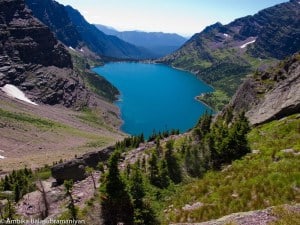 There is no snow in the pass the next morning and we are watched by a family of mountain goats on the way. Gunsight pass is nestled between two peaks, it’s namesake and Mount Jackson. From the top of the 7,000 foot pass we can see mountains beyond mountains fading into the Lewis range to the south. The country is rough and wild. I am reminded that we’ve forgotten the value of the wilderness. It leads us to a false sense of security. It will disappear if we don’t fight for it.
There is no snow in the pass the next morning and we are watched by a family of mountain goats on the way. Gunsight pass is nestled between two peaks, it’s namesake and Mount Jackson. From the top of the 7,000 foot pass we can see mountains beyond mountains fading into the Lewis range to the south. The country is rough and wild. I am reminded that we’ve forgotten the value of the wilderness. It leads us to a false sense of security. It will disappear if we don’t fight for it.
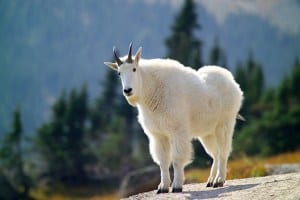 We hike on to the Sperry campsite. At this point John concocts a plan to split the group, three to go on to Lake McDonald, and four to bushwhack across the back country to pick up our vehicle. As a straight line, it seems a short distance on the map, but it means crossing the Sperry glacier. John is experienced, but has the temperament of a mountain goat when he gets an idea in his mind. There is no talking him out of it. We trust he knows what he is doing.
We hike on to the Sperry campsite. At this point John concocts a plan to split the group, three to go on to Lake McDonald, and four to bushwhack across the back country to pick up our vehicle. As a straight line, it seems a short distance on the map, but it means crossing the Sperry glacier. John is experienced, but has the temperament of a mountain goat when he gets an idea in his mind. There is no talking him out of it. We trust he knows what he is doing.
Sperry glacier is young, only 800 years old. Formed from snow that fell during the little ice age in a time before this country was discovered. The ice at its base measured 115 feet thick in 1969. John starts out across the white expanse when I remind him it might be prudent to rope together and probe for crevasses with our tent poles. I wonder if crossing it is prudent at all, but the terminus ends above a cliff so crossing seems like the only option. At one point we pause, and I look down. Under my feet, through a hole in the ice, is a river. I am standing on a snow bridge. Being last in line, I quietly ask everyone to brace and move forward slowly. Maybe crossing wasn’t the only option.
Next we scramble across a scree field trying to reach a vertical chute between two un-named peaks. We begin to slip and slide as the slope steepens. I suggest to John that we turn around and find another way. Then I watch him disappear in slow motion over the edge of a cliff as the scree gives way. An avalanche of stones follows. My heart stops for a second. I don’t believe what I’ve just seen. I call out and there is no answer. Slowly, very slowly I inch down the slope and call again. I can’t get any closer without going over myself. I ask Karen and Steve to secure a rope for me, and they do, but there is nowhere to tie off. In a misadventure your adrenaline peaks. Now I realize my heart is racing. I sit down and put my head between my legs. I am trying to think of what to do. Is he alive? Can we reach him from below? After a few minutes, I hear more rocks falling and look up. There is John crawling slowly back over the ledge. He is only fifty feet away, but it takes him fifteen minutes to reach me. When he does, he agrees to find another way.
We find our vertical chute, more of chimney, and slowly climb our way to a spot below the ridge. The glacier below now seems small. A cold wind has risen and is whipping downslope at forty or fifty knots. Sheltered behind a small boulder, we rest for a few minutes and then make a dash for the top. There is no guarantee that the route is passable on the other side. But when we crest the ridge, a 500-yard snow field stretches out in front of us. All of us skiers, we glissade down a gentle slope into a hanging bowl. Grass, flowers and snow patches dot the valley.
The next two hours are spent trying to navigate a way down. A hanging valley leaves a cliff above a lower valley where the erosion has been greater. Our cliff is about fifty feet down. We abandon a plan to jump to the top of a pine tree below and climb down. It’s about a twelve-foot jump. Looking at the topo map, we detour two miles to a point that might be passable. I point out a sow grizzly and a cub to the others on a far slope just before sunset. As tired as I am, the country is beautiful and rare. We have traveled back in time. There is a simple exhilaration that I am here at this moment on the face of the earth, in country where no one has set foot. All we need is beneath my feet and above my head. The sky, the water and the earth.
Just after dark we cross a small stream and find a trail. It is midnight before we reach our car.
Our wives had called the rangers and reported us missing at about 8 PM. The ranger simply said, “Well that was a stupid idea, and we can’t look for them in the dark.”
Looking back at this trek, it is easy to romanticize our adventure. It was poorly conceived and luckily executed. There is an old notion that we can challenge ourselves against nature. Rather, we are now required to challenge ourselves against ourselves by asking once again, do we need the wilderness?
To some, the wilderness seems limitless and put there for our exploitation. We want uranium mines near the Grand Canyon watershed, oil derricks and mines in national monuments, drilling platforms off our coasts, and pesticides for our crops. We like shiny things. But to me it’s relatively simple. We are all connected.
We are not separate from nature and the consequences are well beyond obvious now. When our bee population’s plummet, when our water is not safe, when our forests burn and when our crops die in heat waves, the changes we need to make are critical. The freedom we seek is not in “the market,” or “making a buck.” It is in the commons and the wilderness. It’s happening now. So a little planning is required to make the catastrophe we are headed for more of a rough adventure.
Savor the Earth!
Hobie,
L. Hobart Stocking
SkyWaterEarth.com
hobart@skywaterearth.com
651-357-0110
Facebook: @SkyWaterEarthConnected
Twitter: @SkyWaterEarth
Postscript:
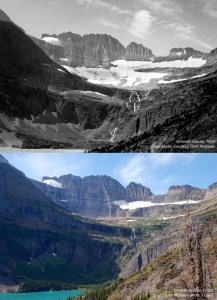 I like to take my daughters to places I’ve been as a kid. Twenty years later, I am standing with them at the same spot where we embarked across the glacier. I am surprised. I know it has shrunk in the intervening years, but I am unprepared. The path we’d taken twenty years ago is now a large bolder field. The glacier is dying. There is a trickle coming out from its base. By the time I bring my grandchildren here, it will be gone.
I like to take my daughters to places I’ve been as a kid. Twenty years later, I am standing with them at the same spot where we embarked across the glacier. I am surprised. I know it has shrunk in the intervening years, but I am unprepared. The path we’d taken twenty years ago is now a large bolder field. The glacier is dying. There is a trickle coming out from its base. By the time I bring my grandchildren here, it will be gone.
I might have titled this piece Requiem for a Glacier. But things change. We are all passing through. I am still optimistic that we can act to preserve the world. I like the old saying that we don’t inherit the world from our ancestors, but borrow it from our children.
I welcome all in planning a little more, earning the future we want, and borrowing a little less.

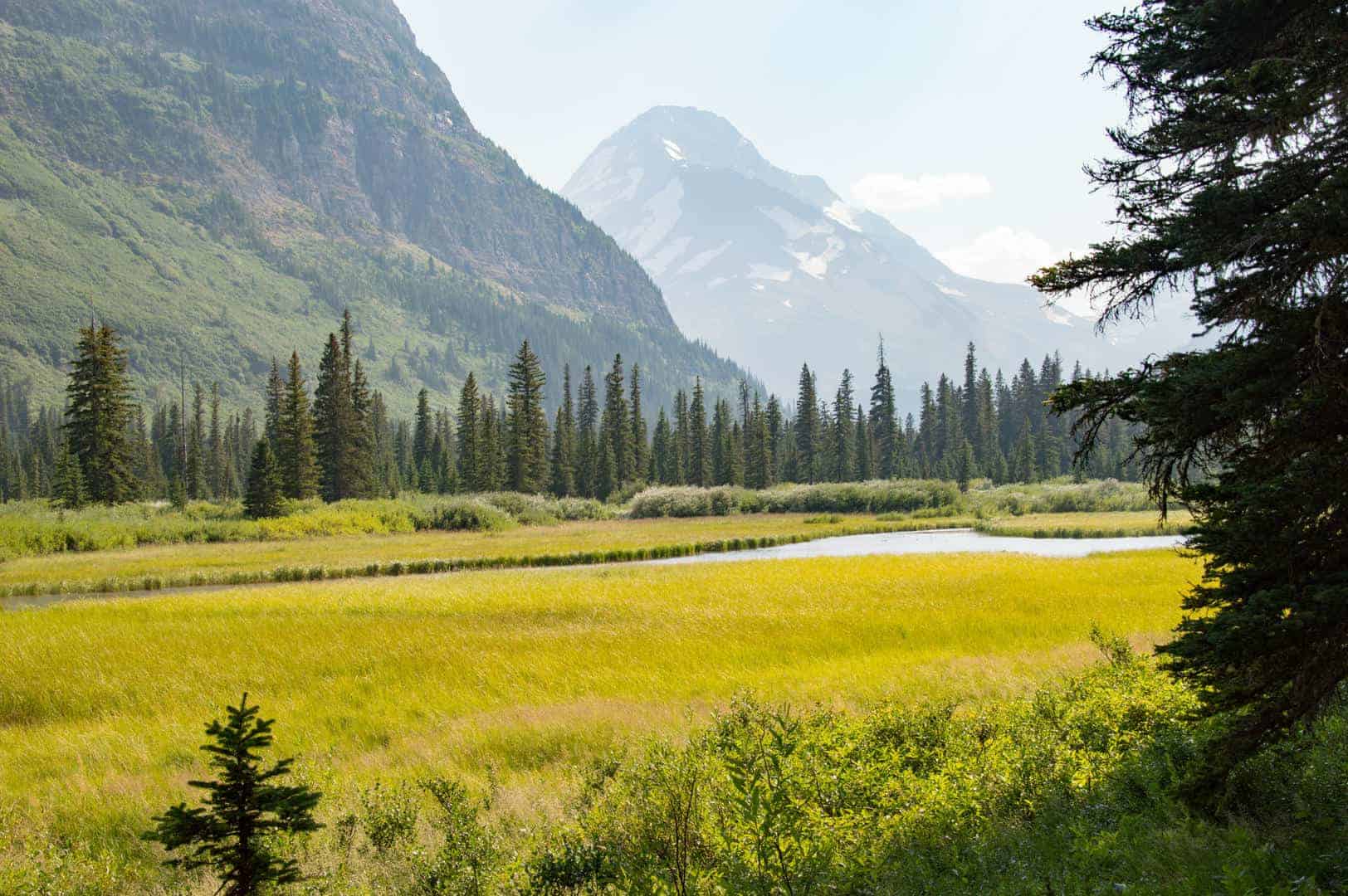
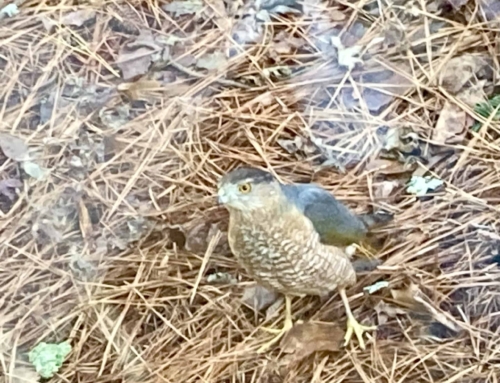
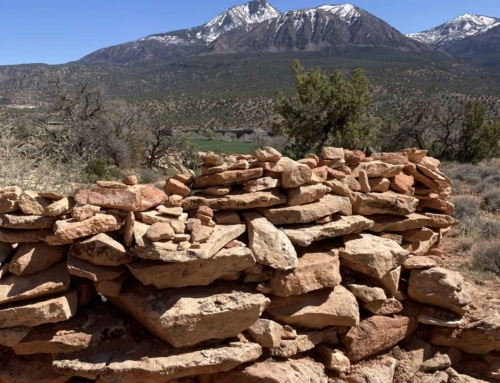
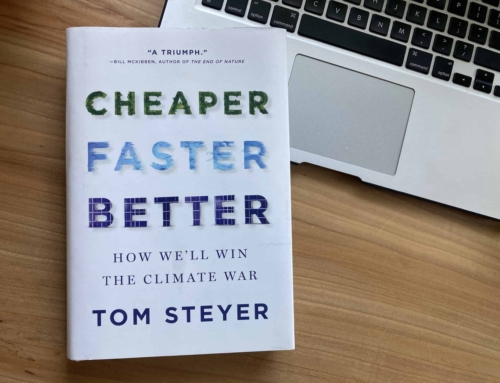
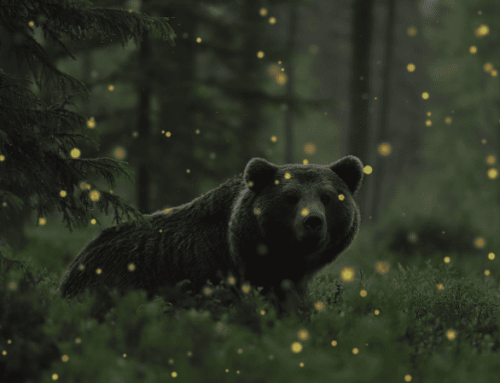
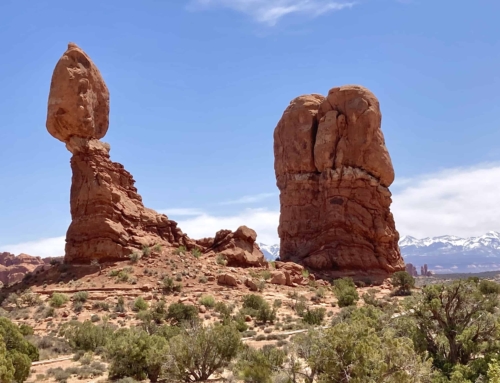
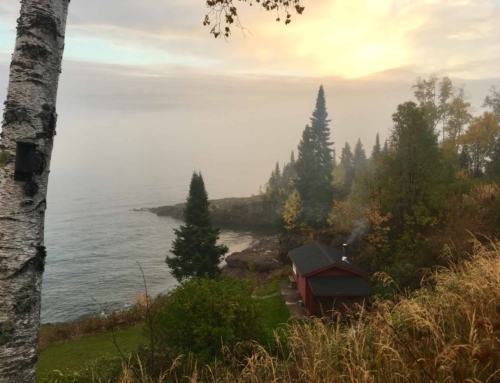
Leave A Comment